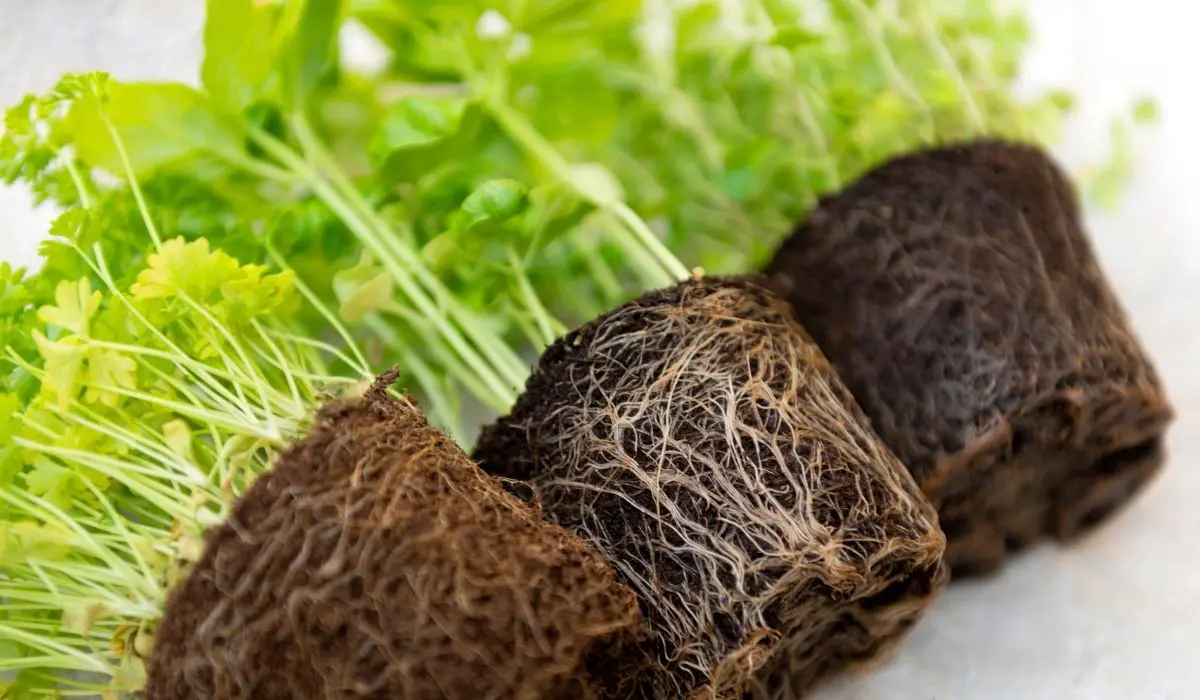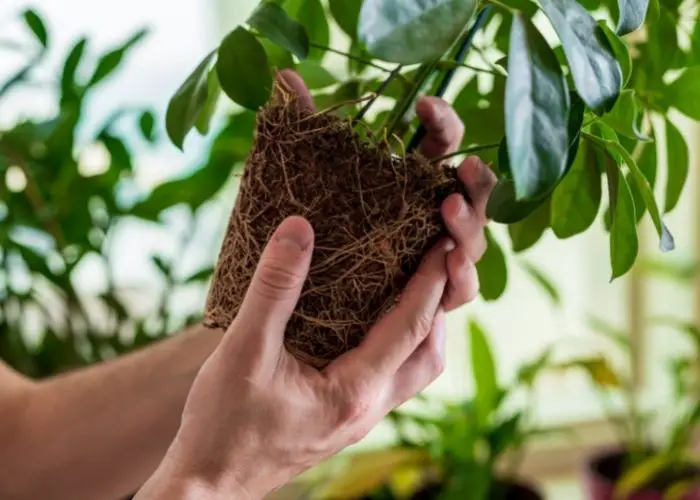Last Updated on April 8, 2022 by Fabiola L.
You’ve probably heard the term “tap-rooted plants” before. It means that you’ve been told to plant seeds indoors so that they can grow well. But what about the outdoor garden? What if you had the opportunity to plant some seeds outdoors? Wouldn’t you want to take advantage of the weather and conditions outside to ensure that your seeds grow strong and healthy? Let’s talk about the benefits of planting tap-rooted plants outdoors!
What Are Tap-rooted Plants?
Tap rooting is the process of propagating plants by taking cuttings from the rootstock. A cutting is a small piece of plant tissue that grows new roots and shoots. A taproot plant is a type of plant that has a tap root, which is the part of the root system that sends its nourishment deeper into the soil. Taproot plants are found in almost all ecosystems. They have a major impact on the soil they grow in. Many of these plants have been used for thousands of years to purify water. In addition, these plants can help people living in areas that don’t have a sufficient water supply.
What Are The Disadvantages Of A Tap Root?
A taproot can be a great advantage when you plant the ground around the root, but it is a disadvantage if you don’t drain the soil of excess water after planting. A too-dry soil will cause the roots of the plants to rot and die. Too wet soil will cause the roots of the plants to rot and be unable to breathe properly. Too little water or too much, and the roots will become hard and brittle. You need to water your plants regularly until the roots reach down into the moist soil and are no longer exposed to the air.
What Happens If You Cut The Taproot On A Plant?
It doesn’t matter if you know the exact reason why you need to pull off the taproot. The real question is, what happens if you don’t? After all, a taproot is there for a reason—to anchor the plant firmly into the ground. If you don’t remove it, the plant may wither and die. What happens if you cut the taproot of a plant? Do you get plants that die? Or do you get a plant that’s rooted in place but its leaves and flowers dry up?
The answer, of course, is that you get a plant that looks like it’s dying and looks even more wilted when in fact, it’s not. The plant, however, may still survive. And it may thrive. But you won’t know if you didn’t try. So, in short, the answer is, that you get dead plants.
Which Soil Type Will Best Support A Taproot Plant?
The soil used to grow your plants plays a major role in determining which kind of taproot plant you can grow. In particular, the soil needs to provide sufficient moisture throughout the entire growing season. Taproots need plenty of water to grow, and if the soil dries out too early, a plant will have a hard time surviving. On the other hand, if the soil is too wet, the roots can become soft and spongy, which makes it harder for the plant to grow.
Learn more about Taproot System Vs Fibrous Root
How Long Should Tap Root Be Before Planting?
I’m sure you’ve had to think about how long taproot should be before planting. Taproot is the part of a plant that extends into the ground. So, how long should it be before planting? Well, that depends on the type of plant. Some plants, such as lettuce, will grow in the garden quickly after they emerge from the soil. Others, such as kale and collards, take months to develop. To find the answer to that question, you have to think about what you’re planting and what conditions you’ll be growing it in.
Final Words On Tap Rooted Plants!
In conclusion, plants that were rooted in the ground when they were planted did better than those that were planted directly into the garden soil. If the plant was removed from the ground and planted in a pot, the results were worse. The roots take up water and nutrients through osmosis, while the plant in the soil gets all its water and nutrients from the air and the soil. So, if you are planting your trees and shrubs in the ground, keep an eye on them and ensure that they have plenty of water and nutrients.
FAQ
How many tap root has a plant?
Many gardeners have heard about the 10 tap root rule. The idea behind it is that roots need to grow down into the soil, but there are limits to how far a plant's roots can grow before they hit the ground and start growing in a new direction. According to the rule, if you have ten roots that touch the ground, you don't have any healthy roots, and you should replace your plants.
What shrubs have tap roots?
Shrubs have shallow roots if the bottom half of the roots can be seen with the naked eye when you lift up the soil in the planting hole. If you are having difficulty growing any shrubs in your yard, then you probably need to dig more deeply. Dig a hole that is three times as big as the roots of the shrub. If your shrub has tap roots, then you don’t need to dig very far down. Once you’ve dug a hole deep enough, put the shrub in. Be sure that you bury the roots so that they won’t show when you water the shrub. If your shrub has shallow roots, then you should fill the hole with water. Give your shrub some time to settle in.
Is tap root good for plants?
The tap root is a plant root that grows downward and connects with soil to extract nutrients. It is used by some plants to store water. Plants use it to absorb minerals like nitrogen from the air and deposit them into their cells. In the case of plants, tap root can be beneficial for water retention and is therefore helpful in drought conditions. However, too much tap root can cause the roots to become weak. Some gardeners choose to remove the tap root entirely as it can interfere with the roots system.
Can a tap root regrow?
The answer is no. There’s no doubt that roots can grow after being severed, but it requires a lot of time and care to do so. That being said, some people believe that a taproot can regrow even after it has been severed.
Learn more about Amazing 6 Tips For Taproot Plants Selection And Care
Branko is the world‘s most enthusiastic gardener! He is always on the hunt for the perfect flower, bush or tree to add to his ever–growing garden. He is known for his love of all things green, and his passion for nurturing the plants he grows is unmatched. He loves to get his hands dirty and can often be found humbly tending to his garden at all hours of the day. Branko is the go–to guy when it comes to gardening advice – he is always happy to share his knowledge and wisdom with anyone who will listen. He also loves to play pranks on unsuspecting visitors, so beware if you enter his garden!



